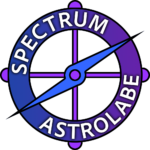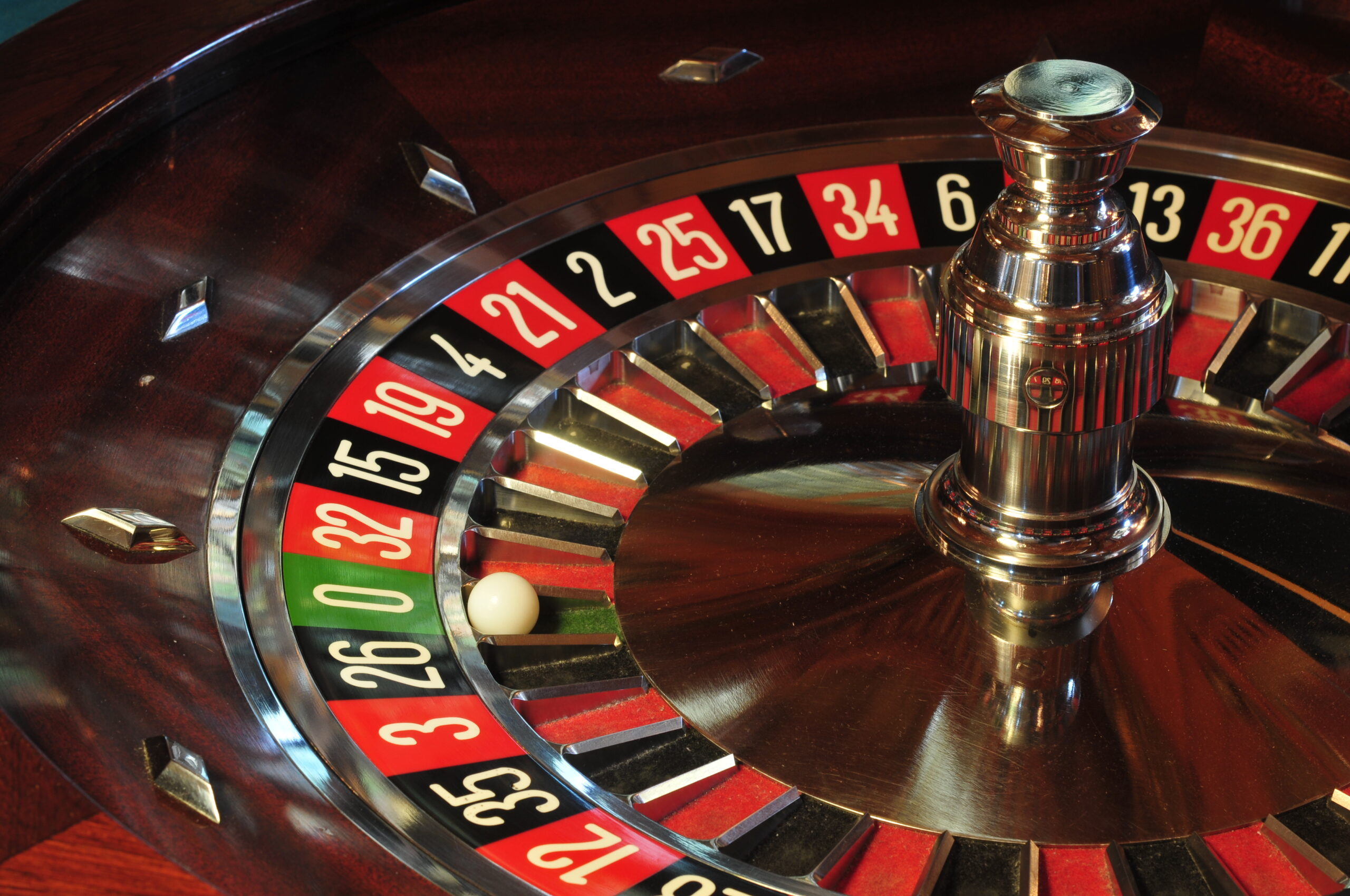As a parent, it’s heartbreaking to see your child struggle with something as fundamental as sleep. My 9-year-old son, who has ADHD, was lying awake for hours, his mind racing with thoughts and energy. I remembered my own childhood struggles with sleep, growing up on the autism spectrum. I found solace in nature sounds—cassette tapes and CDs of rain showers, thunderstorms, and peaceful ponds. These sounds helped me drift off to sleep by creating a calming atmosphere.
I decided to explore modern alternatives to help my son sleep better. I started searching for lo-fi sleep playlists online, hoping to find something that could help him relax. When I found these playlists, I was excited to try them out. I played the lo-fi beats for my son at bedtime, and the results were immediate. The calming rhythms and soothing ambiance helped him relax, and he began sleeping more soundly. Seeing him respond positively to these lo-fi jams was a huge relief, and it sparked my interest in exploring their benefits further.
As I continued to use lo-fi music for my son’s sleep, I began to notice a broader connection between this genre and ADHD. I read about how lo-fi beats were being used by individuals with ADHD to enhance focus and reduce distractions. This sparked my curiosity, and I wanted to learn more about how these calming sounds could help manage ADHD symptoms beyond just sleep. I started exploring forums, blogs, and scientific articles, where I found numerous accounts of people using lo-fi jams to improve their concentration and mood. This connection made me eager to explore its potential benefits further.
This journey led to creating our first guide on Spectrum Astrolabe. It’s called Lo-Fi for ADHD: A Guide for Improving Focus and Relaxation and it’s about using lo-fi music for ADHD and its potentially benefits. By exploring the science behind lo-fi music, we aimed to provide a resource that could help families like ours improve their quality of life.










